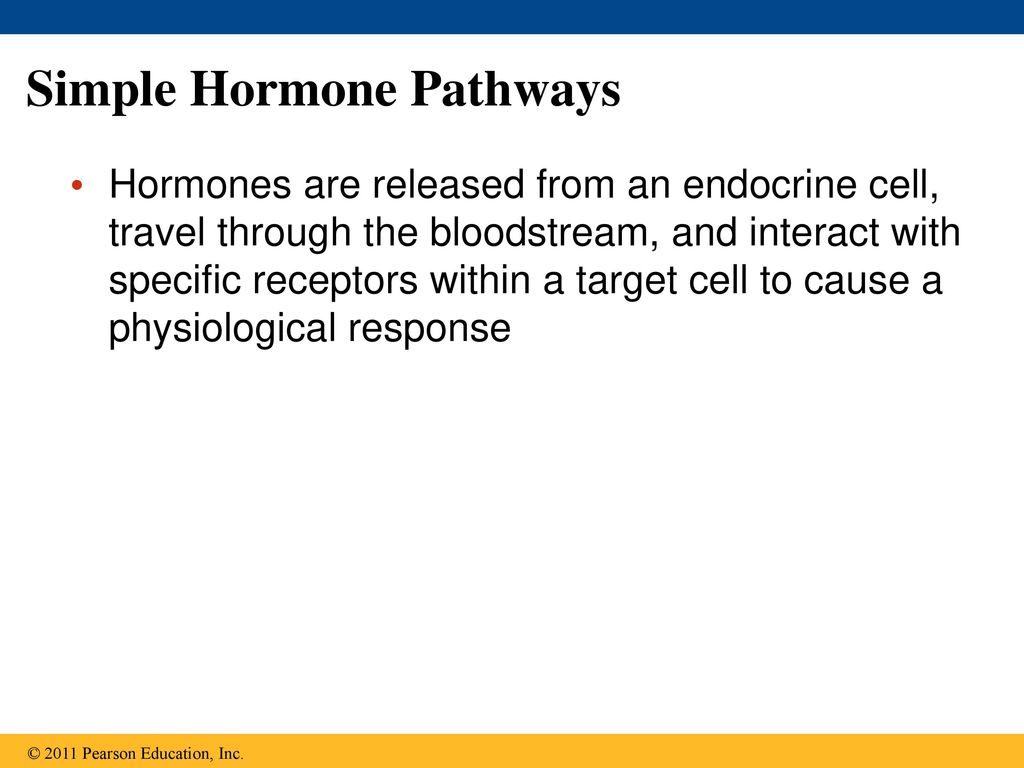Solved Possible Pathways for Some Hormones in Human Females Biology Diagrams Types of Hormones. The hormones of the human body can be divided into two major groups on the basis of their chemical structure. Hormones derived from amino acids include amines, peptides, and proteins. Pathways of Hormone Action. The message a hormone sends is received by a hormone receptor, a protein located either inside the cell or

Understanding how hormones and enzymes function, as well as their pathways and regulatory mechanisms, is crucial for comprehending both normal physiology and the basis of various diseases. Their significance cannot be overstated; they are pivotal in nearly every aspect of human biology. Hormone Types

Anatomy and Physiology I - Lumen Learning Biology Diagrams
Types of Hormones. The hormones of the human body can be structurally divided into three major groups: amino acid derivatives (amines), peptides, and steroids (Figure 17.2.1). These chemical groups affect a hormone's distribution, the type of receptors it binds to, and other aspects of its function.. Pathways of Hormone Action. The A plethora of hormones regulate many of the body's functions, including growth and development, metabolism, electrolyte balances, and reproduction. Numerous glands throughout the body produce hormones. The hypothalamus produces several releasing and inhibiting hormones that act on the pituitary gland, stimulating the release of pituitary

Hormones of the endocrine system are a vast topic with numerous hormones involved, affecting virtually every organ in the human body. Human physiologic processes such as homeostasis, metabolic demand, development, and reproduction are all possible because of hormones and the processes mediated by their actions. This review elaborates on the organs that secret the specific hormone, the actions List of human hormones. Stimulates the adenylyl cyclase pathway, resulting in increased synthesis and release of insulin: 33 Gonadotropin-Releasing Hormone: GnRH Involved in orgasm, trust between people, [2] and circadian homeostasis (body temperature, activity level, wakefulness). [3] 50 Pancreatic polypeptide: Peptide:

Physiology, Endocrine Hormones Biology Diagrams
Hormonal imbalances can significantly affect mood and mental health. For instance: Cortisol: Often called the "stress hormone," elevated cortisol levels can lead to anxiety or depression over time. Serotonin: Although primarily classified as a neurotransmitter, its regulation involves hormonal pathways affecting mood stability.
